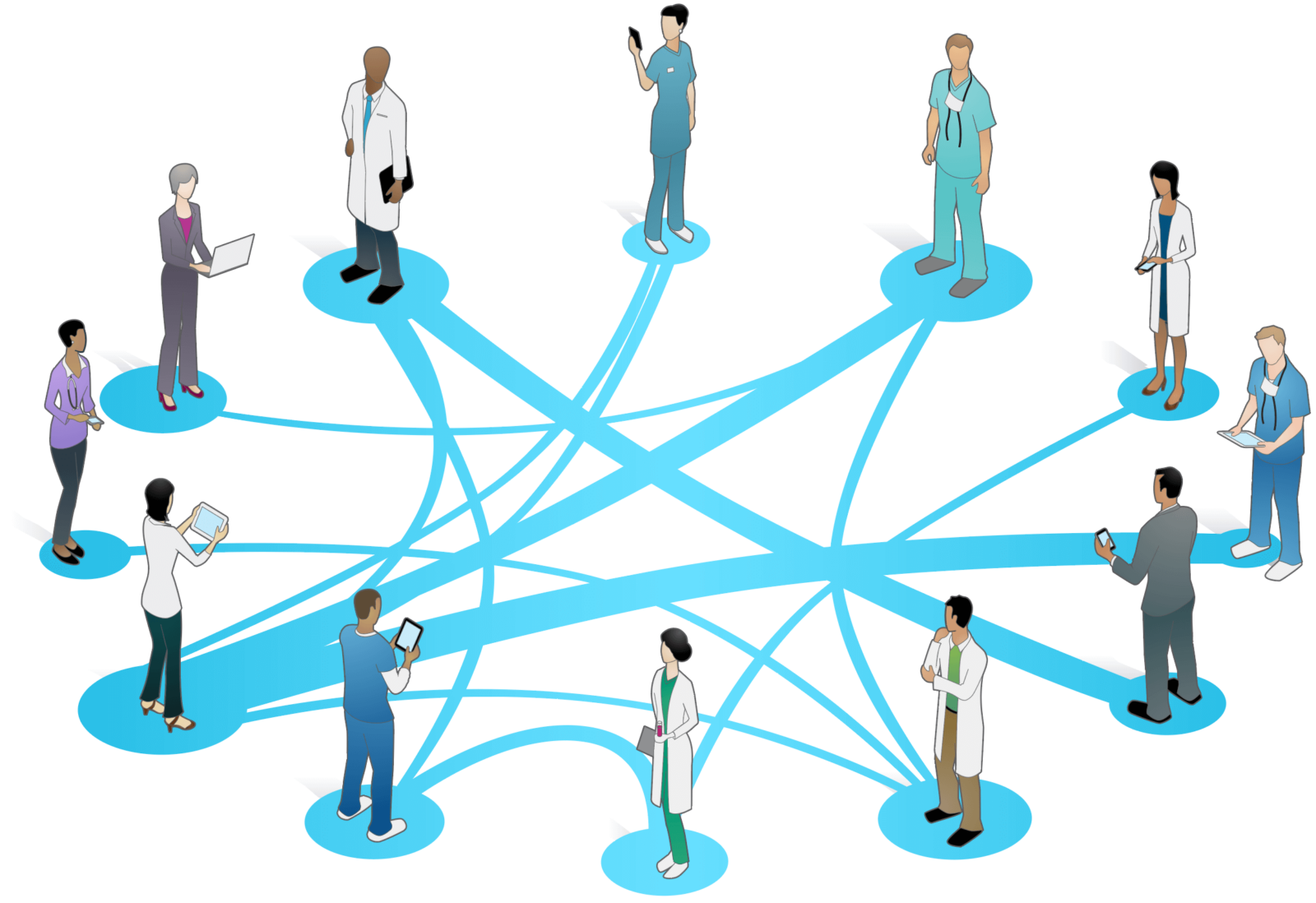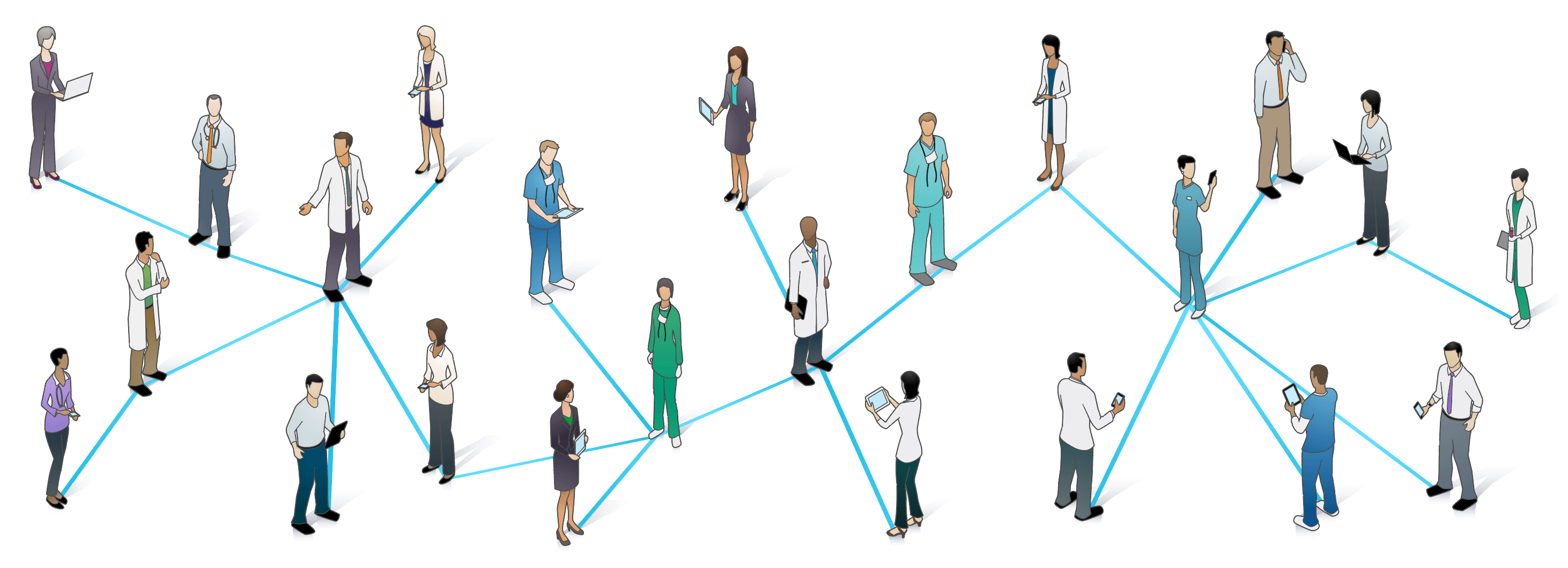Financing SDoH Activities: A Look at the Healthy Opportunities Pilots

Reema Health sat down with Amanda Van Vleet, Associate Director, Innovation, in the North Carolina Medicaid Strategy Office to discuss the Healthy Opportunities Pilots, which are the first initiative in the United States to allow a Medicaid program to fund a wide range of health-related services addressing nutrition, housing, transportation and interpersonal violence (IPV)/toxic stress—to a broad range of eligible populations including children, pregnant women and adults enrolled in managed care through a fee schedule.
In our conversation, Amanda shared her insights around how to leverage federal funding to support programs that address Social Determinants of Health (SDoH) associated with health outcomes.
This is the second half of our conversation with Amanda, focused on the “how” of financing SDoH activities and a closer look at the Health Opportunities Pilots. If you missed part one, How the Healthy Opportunities Pilots Created an Ecosystem of Care, give that a read first.
An important aspect of the Healthy Opportunities Pilots is the role that the 1115 waivers play. Tell us how the Healthy Opportunities Pilots use them. What improvements would you recommend?
Amanda:
1115 waivers are a way for states to seek the waiving of federal requirements from CMS that allow them to test new ways of implementing a Medicaid program that meets the specific needs of their populations. In pursuing a waiver, the state needs to prove two things: first, that what they’re proposing is either budget-neutral or that there are cost-saving benefits for the federal government; and second, that the proposal promotes the objectives of the Medicaid program and is appropriate and consistent with federal policies.
Right now, in thinking about how SDoH can be integrated into a Medicaid context, we’re starting to see what’s effective, and more guidance is coming out from the CMS for state Medicaid programs around services. There’s a lot of research that demonstrates that paying for social services improves health and lowers overall health care costs, and CMS is trying to learn new services, new providers, and balance program integrity requirements, reporting requirements, and evaluation requirements at the same time.
Research has shown us that up to 80% of a person’s health can be determined by non-medical factors, which suggests that healthcare should be paying for this. Our approach is to focus on specific services where there’s evidence that investing in them leads to health care improvements.
As they give more states authority and space to implement the programs, additional administrative flexibility is needed, as well. I would also love to see CMS develop guidance with other federal departments, such as Housing and Urban Development (HUD) and the Department of Justice (DOJ) around providing housing services and interpersonal voilence services through Medicaid.

Something we see frequently is that health plans are excited about this type of work, but the question of who is going to pay for it quickly emerges. What insight can you share regarding how to apply federal funding to state programming?
Amanda:
Federal Medicaid funding does currently cover some non-medical services, such as non-emergency medical transportation, meal preparation and delivery for individuals enrolled in the Community Alternatives Program for Disabled Adults (CAP/DA), and various home and community-based services. However, states can leverage additional federal funding through waivers. 1115 waivers have a bit more flexibility than other waivers in terms of the populations a state can serve, however other waivers, such as 1915 waivers, are available as well.
We also use levers through managed care by encouraging our health plans to offer social services through in-lieu-of services and value-added services. In-lieu-of services get a federal match, whereas the cost of value-added services comes out of a health plan’s administrative funds. We also used philanthropy dollars in North Carolina to fund our statewide closed-loop referral platform for the first two years through a public-private partnership.
Do you have any examples about the impact this type of financing has had on a member?
Amanda:
On our website, we have anonymous stories from members who have received services through the pilots, and they are really powerful. For example, one of the stories is from a single mother who needed surgery, and she was able to secure housing near the hospital for her family so that her kids had a place to stay while she was having surgery. Another one of our members had very high glucose levels, and attributed a positive change in those to the healthy food he was able to receive through this program and the healthy lifestyle he was able to live because of that. We also just finished our first annual evaluation, and we have a summary available on our website, which has initial data. We hope to publish the full evaluation soon.
What’s on the horizon that you’re excited about?
Amanda:
We’re already in the process of designing our next 1115 waiver. Our current waiver ends in October 2024. Our goal has always been to expand the services statewide in our next waiver, so we’re thinking through those questions right now. We’re looking at how we roll out those services, get new network leads and CBOs, collect more stakeholder feedback, and are thinking about if there are services we could add, how to structure payment for those services, and how we can operationally simplify things so that more organizations can participate. We’re really excited to think about the future of the program.

For folks who are trying to do this work, I would imagine that innovating in this space is difficult. What advice would you give someone who is trying to leverage new sources of funding to innovate in this space?
Amanda:
You don’t have to do everything all at once. Instead, focus on what’s good for your state. The first step might be to develop a set of screening questions, or instituting a referral system. It could also be a focused program, such as healthy food boxes, or a community health worker program. Being focused can be beneficial, and can allow you to expand step by step.
Many organizations are interested in this work, but it seems like there are many obstacles. Why does it continue to be a struggle for health plans?
Amanda:
On a basic level, our social service sector—food, housing, and education programs—are under-funded. The U.S. pays much more for medical care than other high-income countries, but often sees worse health outcomes. In contrast, these other high-income countries spend much more on social services than we do in the U.S. There’s a debate in the healthcare world in terms of whether healthcare should be paying for social services. However, research has shown us that up to 80% of a person’s health can be determined by non-medical factors, which suggests that healthcare should be paying for services that directly impact health.
The process of building relationships and trust in the Healthy Opportunities Pilots has been about bridging the sectors of health care and social services. It’s difficult in practice, but we’ve seen a sincere willingness from both sides to listen to each other and collaborate.
Our approach is to focus on specific services where there’s evidence that investing in them leads to health care improvements and reduced costs in addition to addressing food and housing insecurity.
I also think that the healthcare and social service industries have been siloed from each other: they’re different industries, with distinct governing bodies, regulations, and funding streams, and they don’t often talk to each other. We see this with our CBOs: they know the Violence Against Women Act (VAWA) really well, but aren’t familiar with Medicaid rules or regulations. Likewise, our medical organizations don’t necessarily know about VAWA and domestic violence regulations.
The process of building relationships and trust in the Healthy Opportunities Pilots has been about bridging the sectors of health care and social services. It’s difficult in practice, but we’ve seen a sincere willingness from both sides to listen to each other and collaborate.



